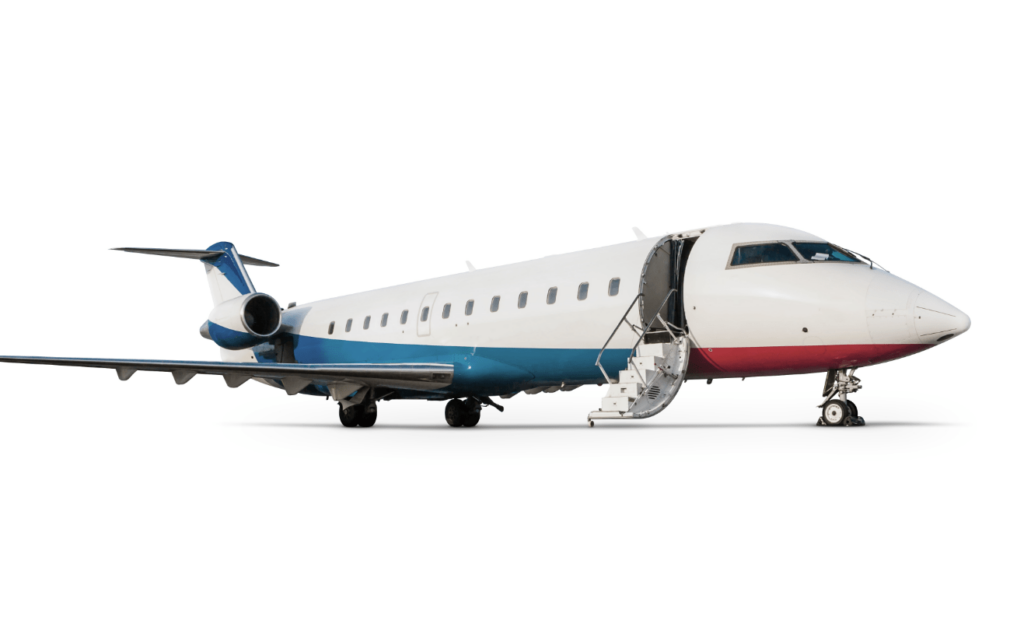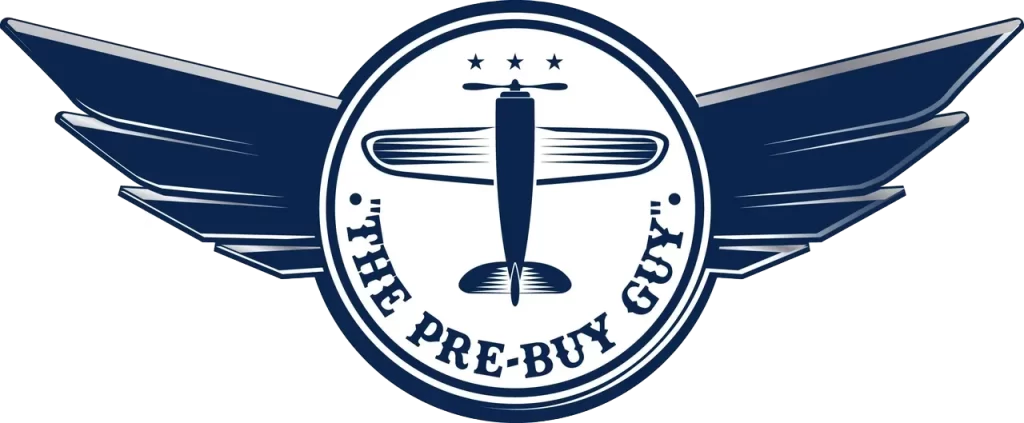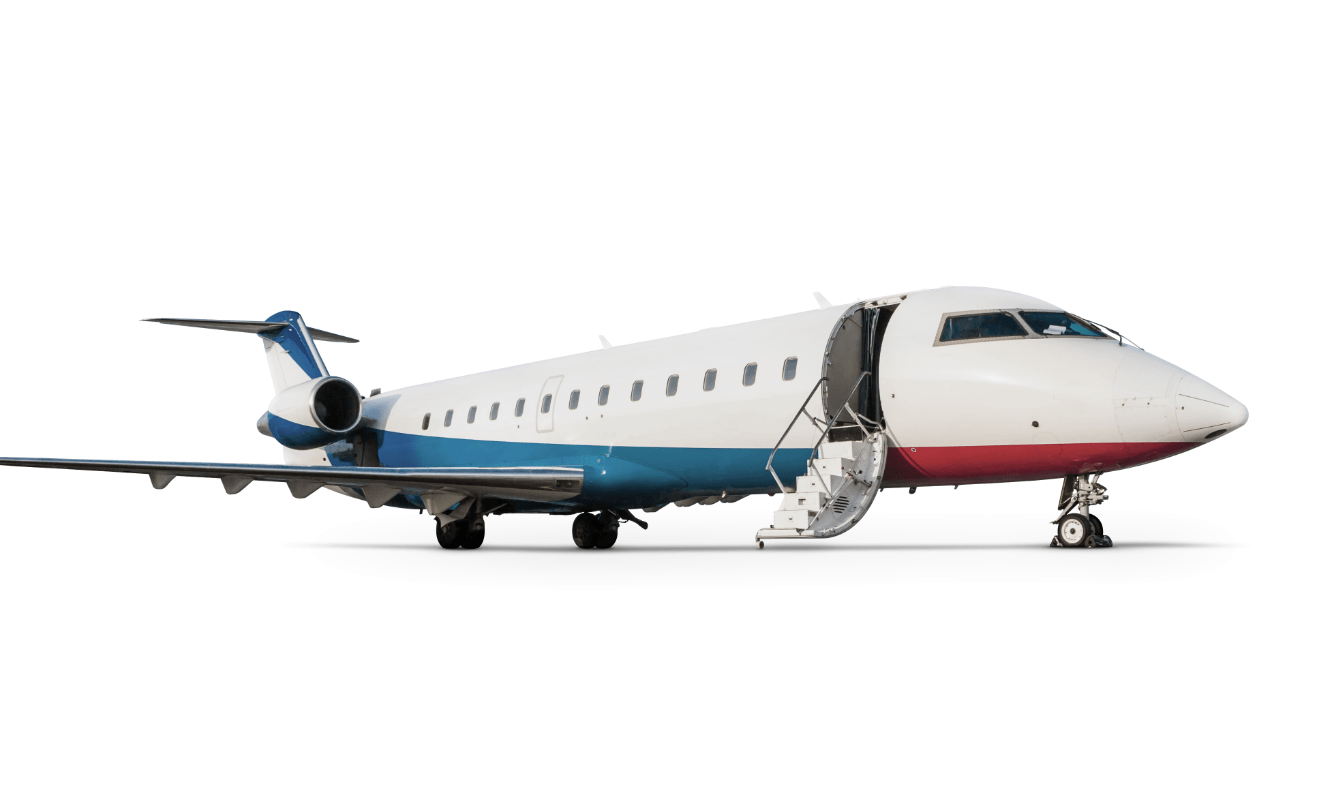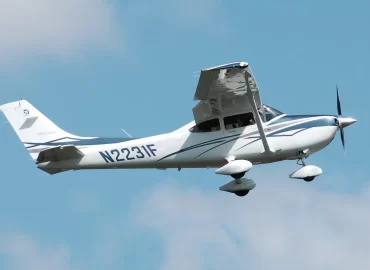- By theprebuyguynew
- March 20, 2025
- Comments (0)

The aviation industry is evolving rapidly, and with it, aircraft maintenance is becoming more advanced, efficient, and precise. In 2025, cutting-edge tools and technology are helping aircraft owners and maintenance professionals keep planes in peak condition while reducing downtime and costs. As The Pre-Buy Guy™, I stay up to date with the latest innovations to ensure my clients make informed decisions before purchasing an aircraft.
Here are some of the most advanced pre-buy inspection aircraft maintenance tools and technologies making waves in 2025.
Artificial Intelligence (AI)-Powered Diagnostic Systems
Preventative maintenance for aircraft develops through AI, which detects future problems before they reach major severity levels. Modern AI diagnostic systems use data from aviation operations to inspect engine health and maintenance documents, which allows them to anticipate system failures in advance. Real-time data from these systems helps organizations delay unplanned maintenance operations while simultaneously boosting aircraft dependability.
Key Benefits:
- Predictive maintenance reduces costly downtime
- AI-driven analytics improve component lifespan
- The system enhances safety operations through its ability to detect previously undetectable mechanical problems.
Smart Inspection Drones
Modern aircraft inspection processes now utilize drones that house high-resolution cameras and infrared sensors as well as AI software applications. The drones execute rapid aircraft surface scans, which automatically identify structural damage together with corrosion detection without traditional manual inspections.
Key Benefits:
- The inspection process is shortened from multiple hours to minutes.
- Improves accuracy with high-definition imaging
- The system promotes safety by allowing the reduction of exposure to dangerous inspection areas.
Augmented Reality (AR) Maintenance Assistance
AR technology enables maintenance technicians to add a digital schema view and real-time guidance to aircraft physical components through AR glasses or tablets. Using this hands-free system, companies can improve their troubleshooting sequences and maintenance repair sequences.
Key Benefits:
- Provides real-time step-by-step repair guidance
- The system works better due to reduced human mistakes and higher operational speeds.
- Technicians who are new to their role will receive better training through interactive visual displays.
The implementation of ultrasonic and laser-based Non-Destructive Testing (NDT)
The application of non-destructive testing (NDT) methods through ultrasonic along with laser-based inspections has improved their precision capabilities and extended their industry adoption. Modern inspection techniques enable aircraft maintenance teams to identify hidden damage in aircraft structures through non-destructive inspections of individual parts.
Key Benefits:
- The technology prevents future failures by discovering small material flaws.
- The maintenance process operates more efficiently because harmful part removal does not occur.
- Increases safety with highly accurate inspection results
Digital Twin Technology
Flight data with maintenance records coupled with component performance feeds into the real-time update process that runs through a Digital Twin platform. Through this technology, maintenance teams acquire remote aircraft health monitoring capabilities that generate predictions for upcoming maintenance tasks.
Key Benefits:
- Current technology lets operators track aerospace devices in real time.
- The system enables technicians to foresee system fatigue before it leads to maintenance requirements.
- The implementation saves operators from unexpected maintenance expenses while maintaining continuous operations.
Robotic Maintenance Assistants
Modern aircraft maintenance features robotic systems that conduct accurate work on several aspects, including surface cleaning operations, component tightening operations, and automated painting procedures. Robot-applied solutions create constant results while taking away physical demands from personnel.
Key Benefits:
- This technology provides higher accuracy when workers perform ongoing maintenance operations.
- The system decreases expenses related to human labor and minimizes workplace injuries.
- Speeds up aircraft turnaround times
Conclusion
The aviation maintenance industry implements AI together with robotics, 3D printing drones, and AR systems to increase aircraft security, minimize maintenance time, and achieve better operational performance. My commitment as The Pre-Buy Guy™ ultra light planes for sale extends to ongoing advancements monitoring, which allows me to provide well-informed aircraft purchase decisions to my clients.
Want to ensure your dream aircraft doesn’t turn into a nightmare? Contact me today for a pre-purchase inspection backed by the latest technology and expertise!


